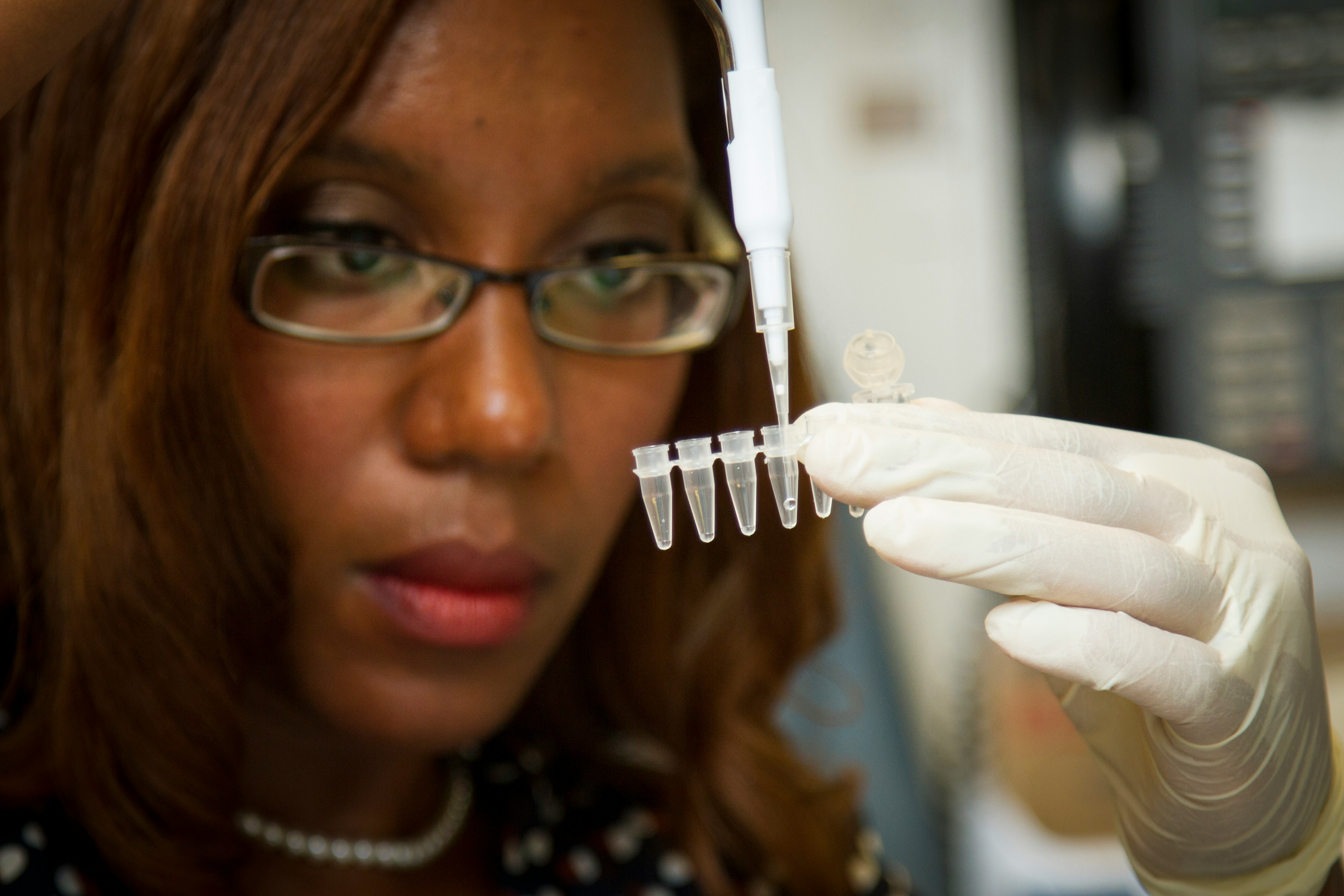World Pneumothorax Day 2024
20 Jun 2024
World Pneumothorax Day is an online awareness day on June 24th, 2024. Our purpose is to raise awareness amongst medical professionals and the public of pneumothorax symptoms and that it can be a symptom of an underlying rare disease such as Birt Hogg Dubé Syndrome.
What is a Pneumothorax?
A pneumothorax (also known as a collapsed, or punctured, lung) is when air collects between the lung and the chest wall. This makes the lung deflate and reduces that size of breaths that can be taken. Signs of a pneumothorax include:
- Sudden, sharp chest or shoulder pain
- Chest pain that gets worse when breathing in
- Shortness of breath
- Tightness in the chest
- A sensation of clicking, bubbling, or crunching inside the chest
It is important to get urgent medical attention if you are experiencing symptoms of pneumothorax!
Treatment and management information for pneumothorax can be found here.
What is Birt Hogg Dubé Syndrome?
Birt-Hogg-Dubé syndrome, also called BHD, is a rare inherited genetic condition caused by a mutation in the folliculin (FLCN) gene. It may cause skin bumps called fibrofolliculomas, lung cysts, pneumothorax and kidney cancer.
Patients often don’t know they have BHD in their family until a health event such as a pneumothorax happens, and they need urgent hospital care. Pneumothorax can happen at any age, usually in adulthood, but we have known BHD patients as young as 17 years old to have a pneumothorax. In one study, patients with clinical diagnoses of BHD were also 50 times more likely than clinically unaffected family members to develop spontaneous pneumothoraxes (Zbar B et al, 2002).
How many people with BHD get each symptom?
- 9 in 10 people with BHD will get fibrofolliculomas
- 9 in 10 people with BHD will get lung cysts. These are mostly asymptomatic but can raise the risk of developing a pneumothorax.
- Around 1 in 2 people with BHD will have at least one pneumothorax
- Up to 3 in 10 people with BHD will get kidney cancer.
Until recently, BHD was thought to be very rare, affecting only about 600 families worldwide. However, recent genomic research into the FLCN gene indicates BHD is in fact much more common than previously thought.
This means that there are many people living with BHD and other rare diseases who experience a pneumothorax but don’t get genetic testing done at the time. They may never know they have BHD until kidney cancer has developed. Regular screening for kidney cancer in BHD patients can be lifesaving. Therefore, it is vital that awareness is raised about the symptoms of pneumothorax and the link to genetic diseases such as BHD syndrome.

Lucas Sheridan – Living with BHD
Patient story and interview!
Lucas is a 37-year-old pulmonologist from Buenos Aires, Argentina who works in rare disease for a pharmaceutical company. He also lives with BHD syndrome. Hear about his diagnosis journey and we sit down for a chat about living with BHD and things he has learned along the way.
What is the difference between a collapsed lung and pneumothorax?
When doctors use the term ‘collapsed lung’ they often mean a blockage of a major airway (by mucus, foreign body, or tumour) has caused part of the lung to get smaller (or even solid) owing to a lack of air.
This is different to a pneumothorax, which is better described as a ‘punctured lung’. This is because a pneumothorax is caused by air collecting outside the lung but inside the chest.
We are aware that many others use the term ‘collapsed lung’ when referring to pneumothorax; however, on consultation with our clinical colleagues we have decided to shift towards the term ‘punctured lung’ when referring to a pneumothorax. This is because it is more medically accurate.
We will be gradually updating our resources, information leaflets, and website to reflect this change.
Can you help us?
The more people we reach this World Pneumothorax Day, the more people could get tested for BHD or any of the other conditions related to pneumothorax. These include (please note this is not an exhaustive list):
- Lymphangioleiomyomatosis (LAM) is a condition that affects the lungs, kidneys and lymphatic system. The most common symptom of LAM is a shortening of breath that gets worse over time and recurrent pneumothorax.
- Marfan syndrome affects the body's connective tissues. Marfan syndrome can also affect heart, blood vessels and lungs with an increased risk of having a pneumothorax.
- Vascular Ehlers-Danlos syndrome (vEDS) affects the connective tissue in the body leading to fragile blood vessels and internal organs. People with vEDS are also at risk of hollow organs leaking which can result in a pneumothorax.
- Loeys-Dietz syndrome (LDS) is a genetic disorder of the connective tissue in the body. The condition affects bones, skin, eyes and the heart and blood vessels. It can also cause a pneumothorax.
Want to take part in World Pneumothorax Day?
You can help us raise awareness on World Pneumothorax Day by simply posting online. To make it easy for you, we have created a social media pack. Click on the link below to download it for free, and help us spread awareness.
World Pneumothorax Day 2024 - Social Media Pack
Find out more about BHD
What this information helpful?
Yes or NoReferences
- Zbar B, Alvord WG, Glenn G, et al.: Risk of renal and colonic neoplasms and spontaneous pneumothorax in the Birt-Hogg-Dubé syndrome. Cancer Epidemiol Biomarkers Prev 11 (4): 393-400, 2002. [PUBMED Abstract]
- Birt-Hogg-Dubé Syndrome (PDQ®) - NCI (cancer.gov)
- BHD FAQs (thebhdfoundation.org)
- Pneumothorax: a patient’s guide | NHS Lanarkshire (scot.nhs.uk)
- Pneumothorax (collapsed lung) symptoms, causes and treatment | Asthma + Lung UK (asthmaandlung.org.uk)
- Pneumothorax - Symptoms, diagnosis and treatment | BMJ Best Practice
